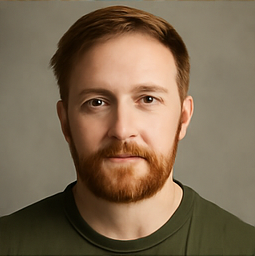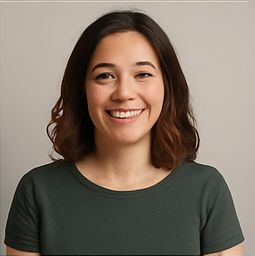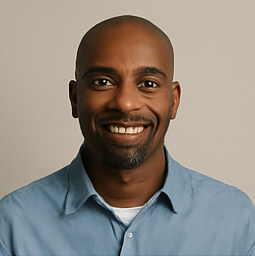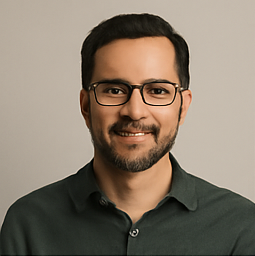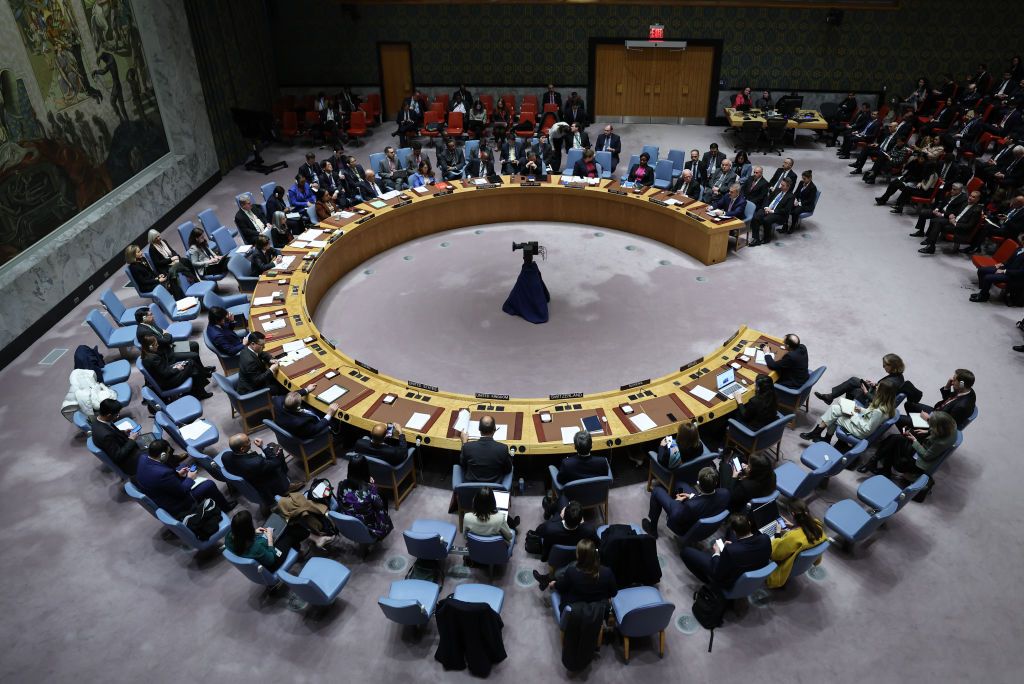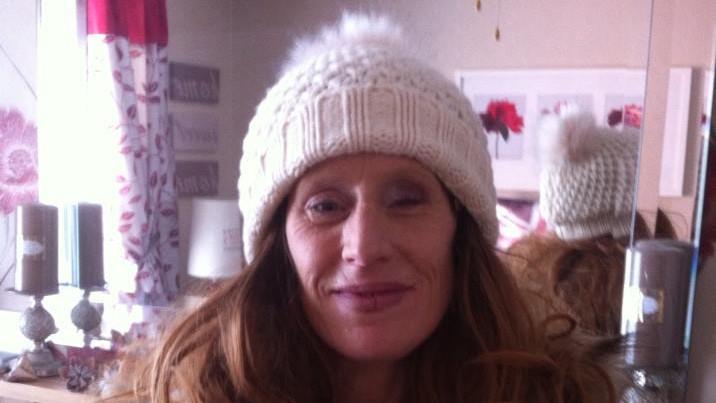This Baby Was Born From an Embryo Frozen for Almost 30 Years! You Won't Believe It!

Imagine being born from an embryo that had been frozen since 1994! This isn’t just a fantasy; it’s the incredible reality for a baby named Thaddeus Daniel Pierce, who made his grand entrance into the world on July 26, 2023, in Ohio. Thaddeus is making headlines as the 'world’s oldest baby,' bringing an astonishing twist to the story of fertility and family.
Thaddeus's journey began over three decades ago when Linda Archerd, now 62, and her then-husband decided to explore in vitro fertilization (IVF) after facing challenges in conceiving. In 1994, they produced four embryos during the procedure. One of these little wonders was successfully transferred to Linda and resulted in the birth of a daughter, who’s now a proud mother herself. But what happened to the other three embryos? They were cryopreserved, safely stored away for another day.
Fast forward to today, and we meet Lindsey and Tim Pierce. Their desire to expand their family led them to 'adopt' one of those frozen embryos from Linda. “We didn’t go into it thinking we would break any records,” Lindsey shared with the MIT Technology Review. “We just wanted to have a baby.” And that they did, although they had no idea their journey would set a remarkable record in the process!
So, what exactly is IVF? It’s a fertility treatment where eggs are retrieved from a woman’s ovaries and fertilized with sperm in a lab, creating embryos that can be transferred back into the womb or frozen for later use. After her divorce, Linda was awarded custody of the embryos and learned about embryo adoption, allowing her to decide who could receive them. She specifically hoped for her embryo to be adopted by a white, Christian married couple.
Enter the Pierces, who were overjoyed to bring this little life into the world. “We had a rough birth, but we’re both doing well now,” Lindsey said. “He is so chill. We are in awe that we have this precious baby.” And the connection between Thaddeus and Linda’s family is striking. Linda remarked, “The first thing that I noticed when Lindsey sent me his pictures is how much he looks like my daughter when she was a baby. I pulled out my baby book and compared them side by side, and there is no doubt that they are siblings.”
John Gordon, the reproductive endocrinologist overseeing the embryo transfer, emphasizes the importance of giving every embryo a chance at life. He stated, “We have certain guiding principles, and they’re coming from our faith. Every embryo deserves a chance at life, and the only embryo that cannot result in a healthy baby is the embryo not given the opportunity to be transferred into a patient.”
The conversation around IVF and embryo adoption is growing, especially in the UK, where IVF births have increased from 1.3% in 2000 to 3.1% in 2023. That translates to one in every 32 births, a remarkable shift in how families are built.
In the US, about 2% of births currently result from IVF, showing that this technology is becoming an increasingly viable option for many couples who wish to grow their families.

